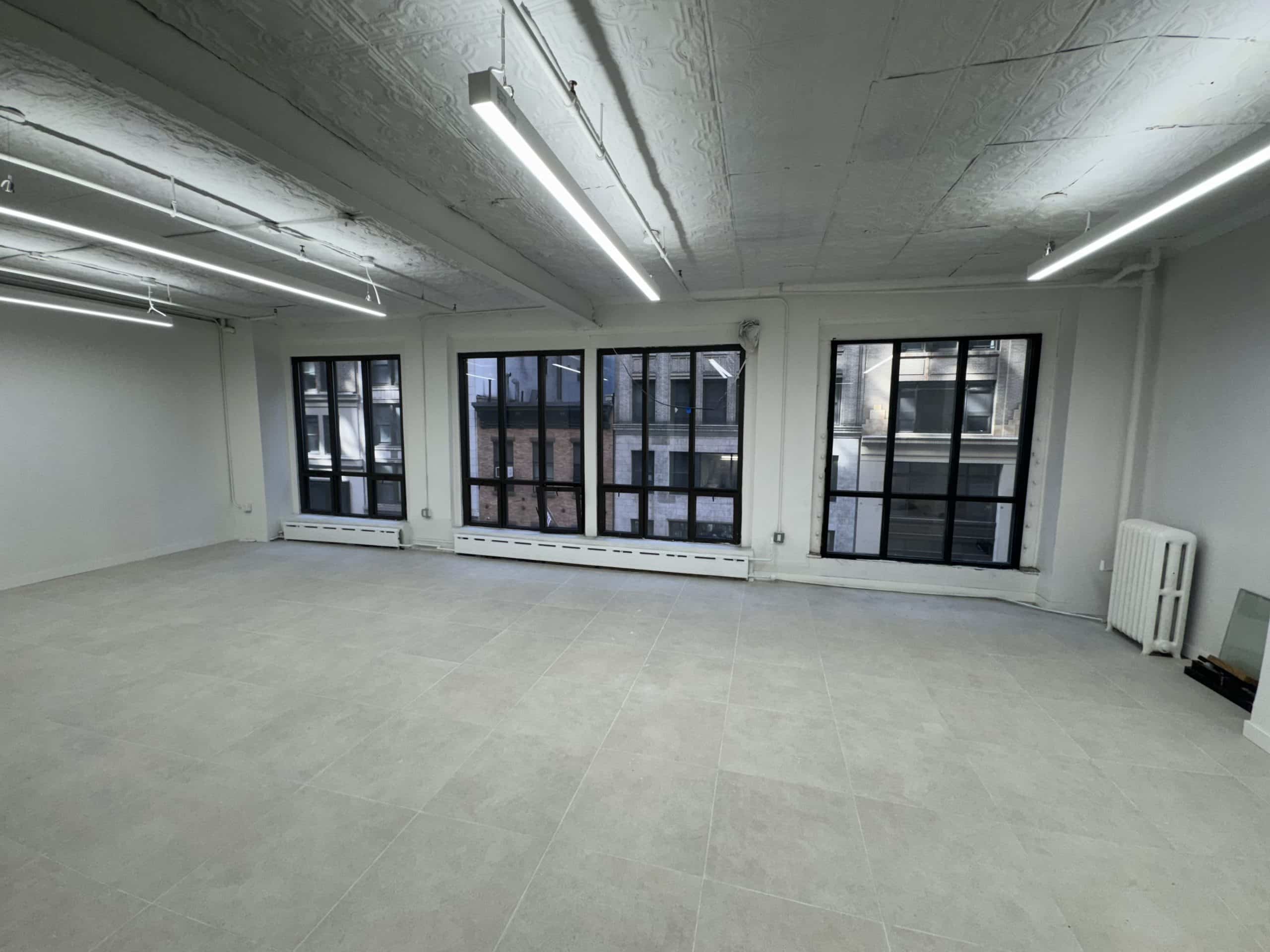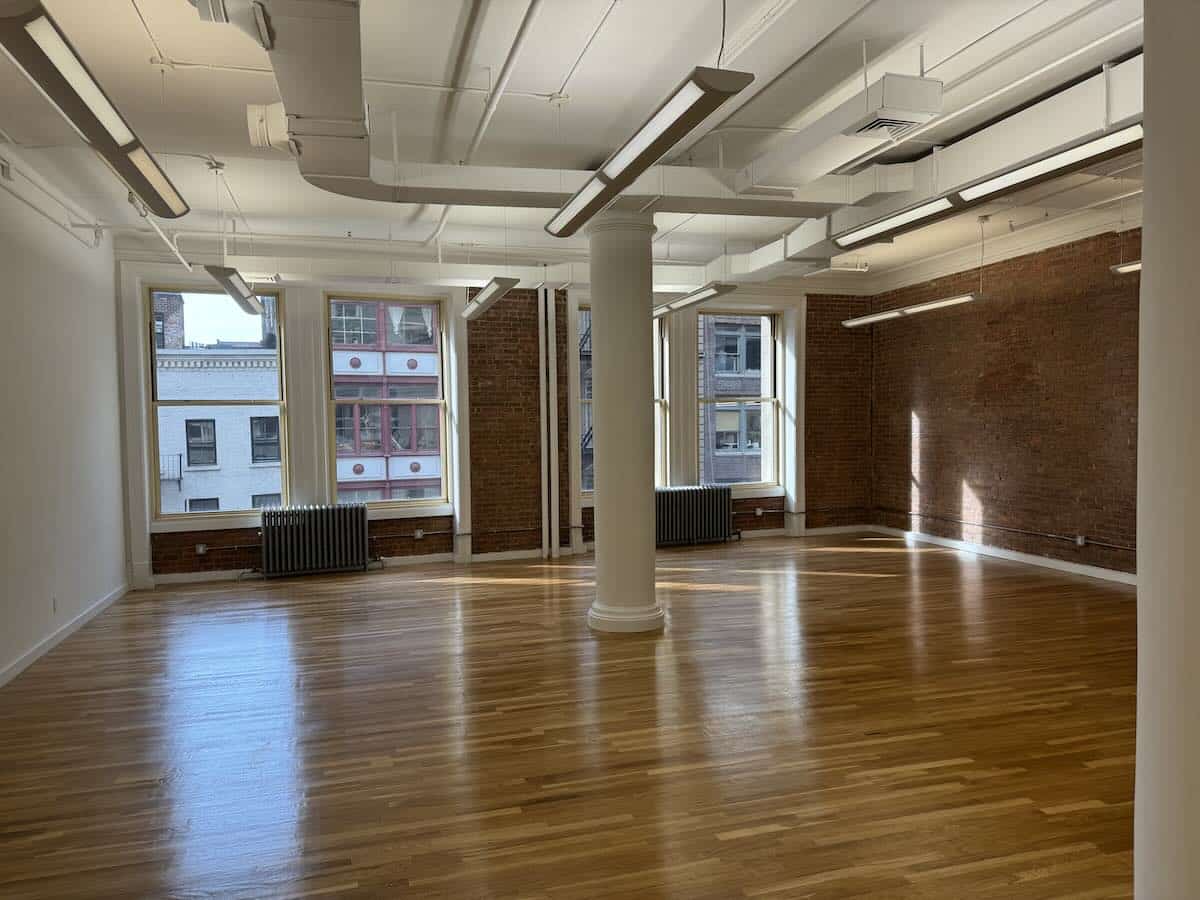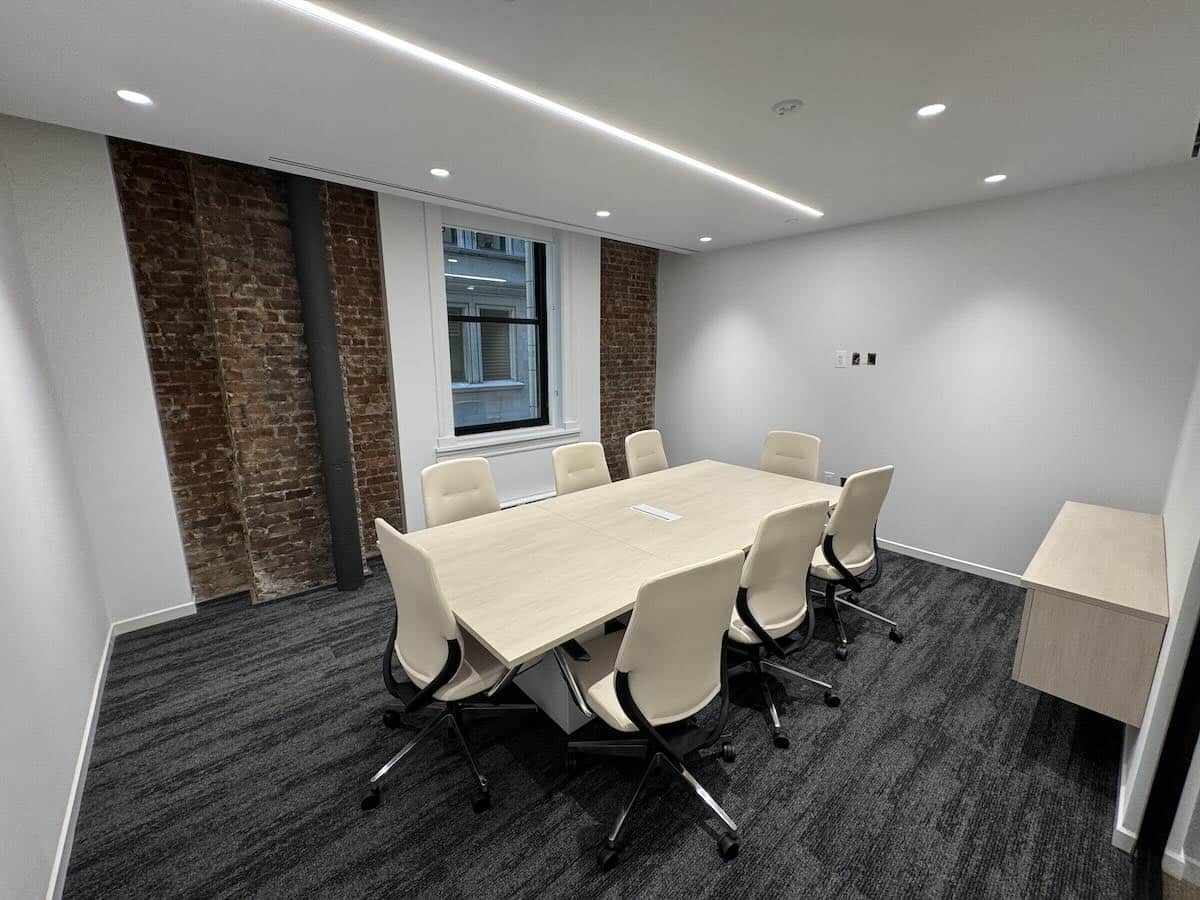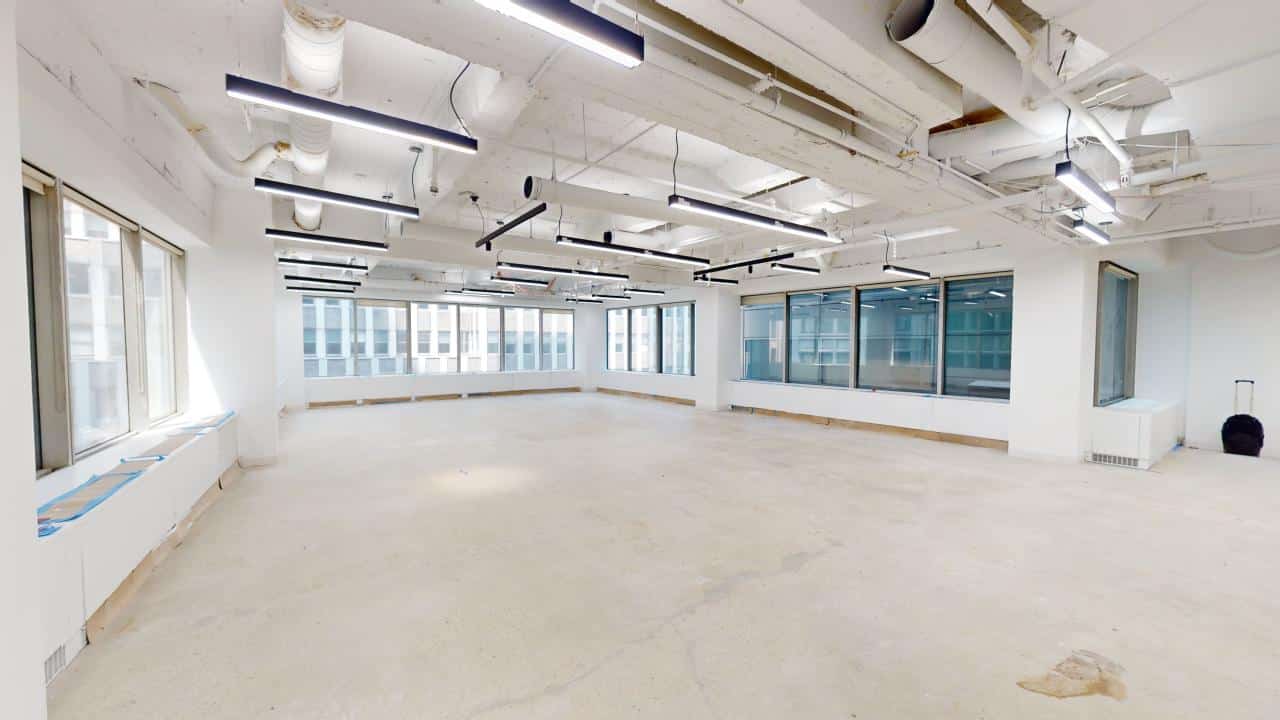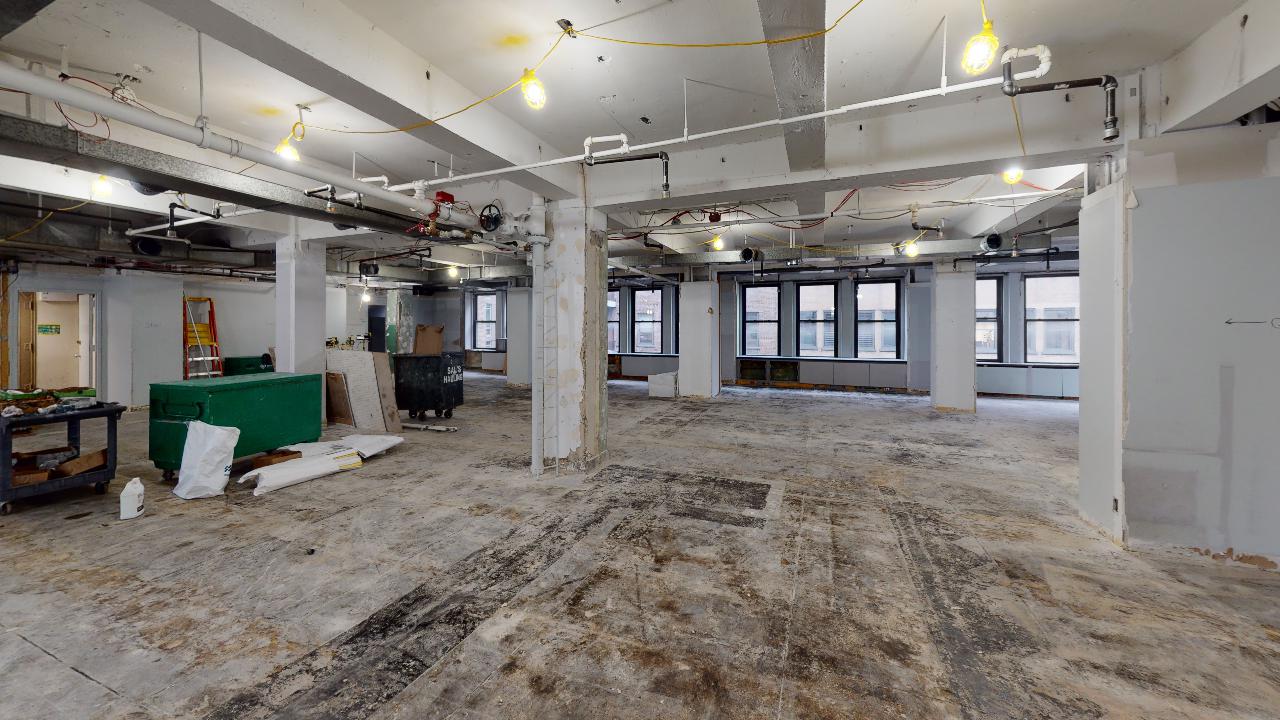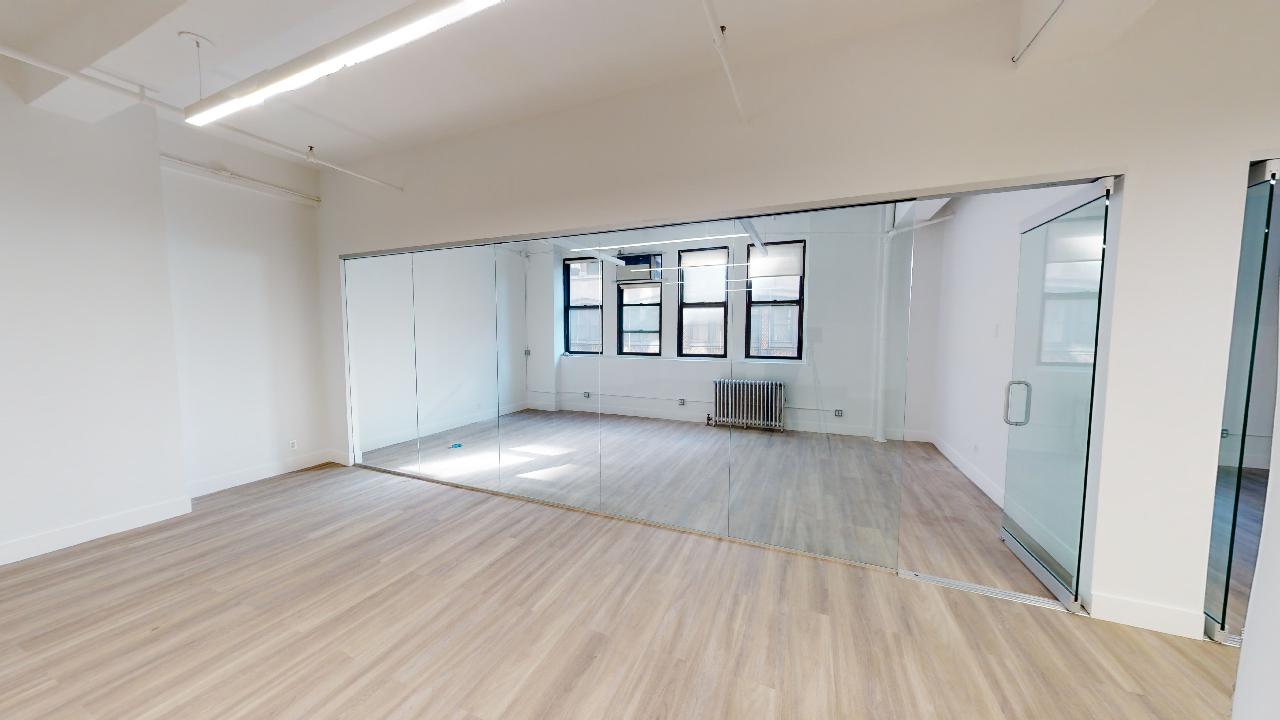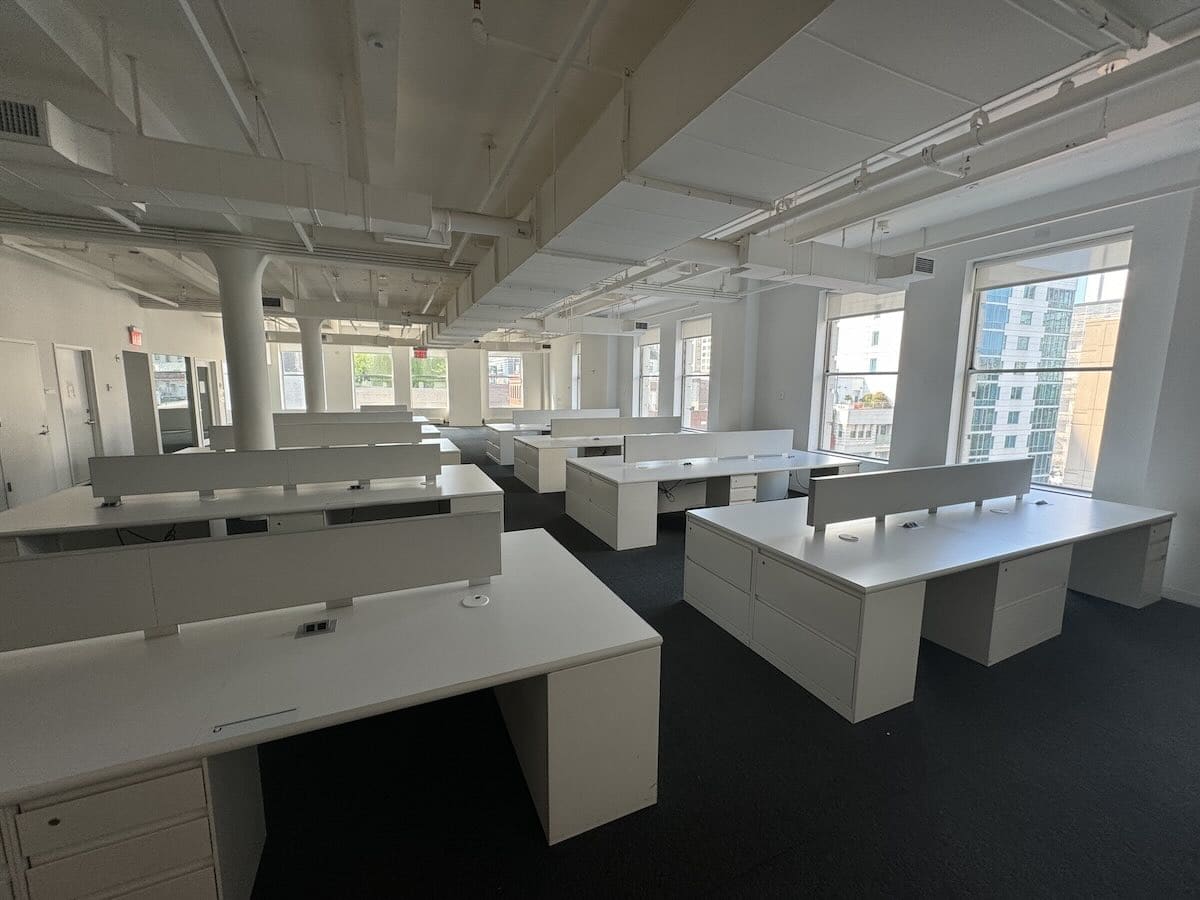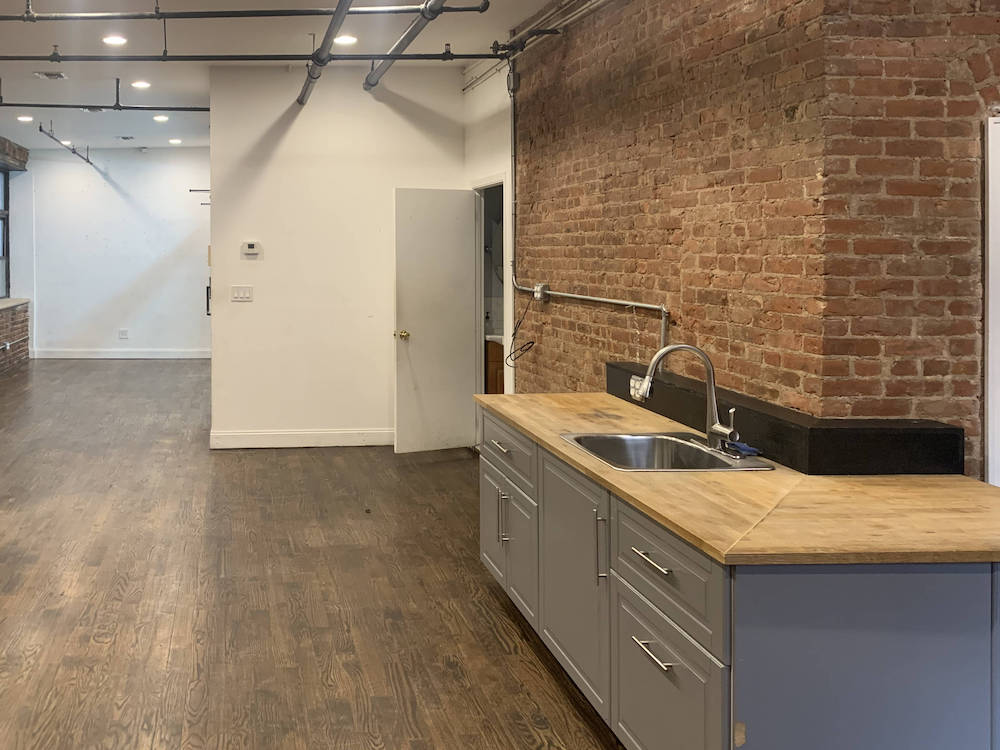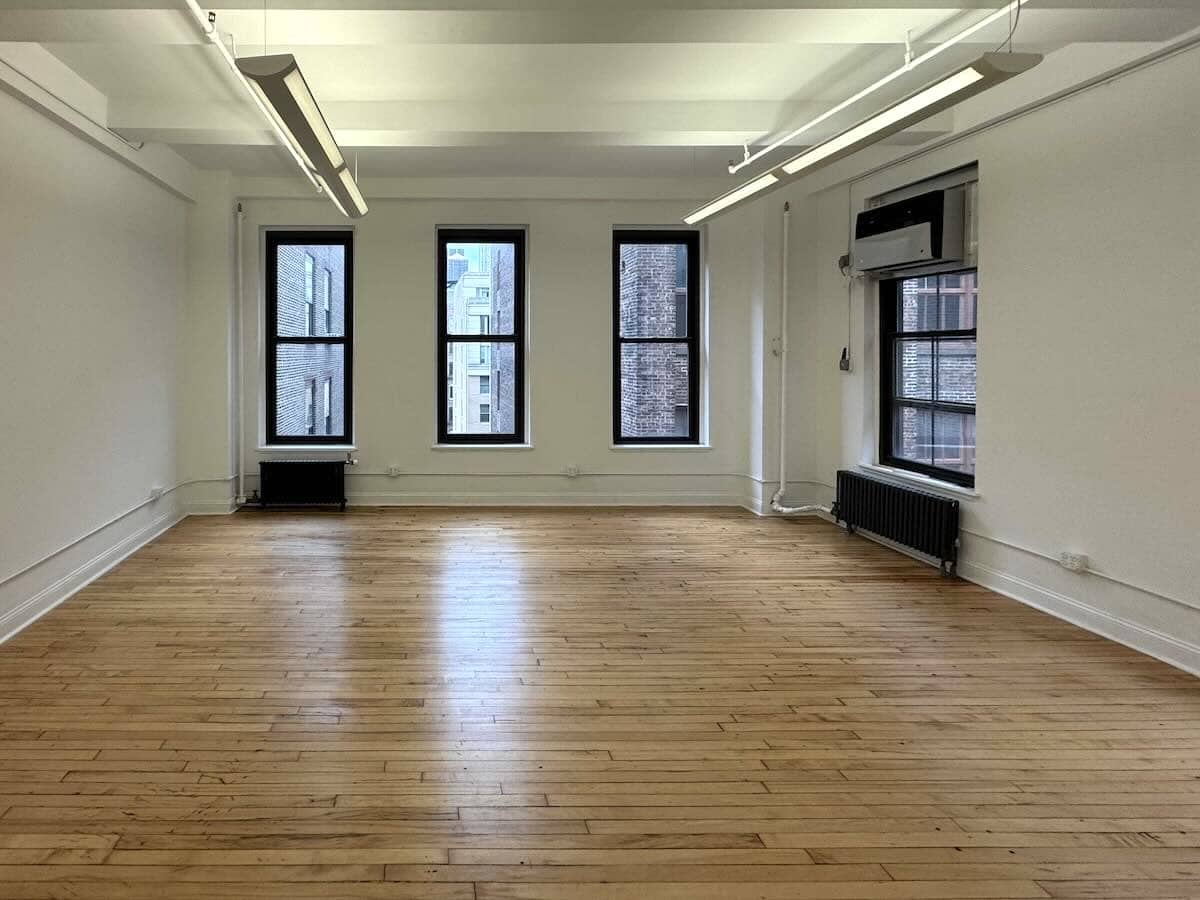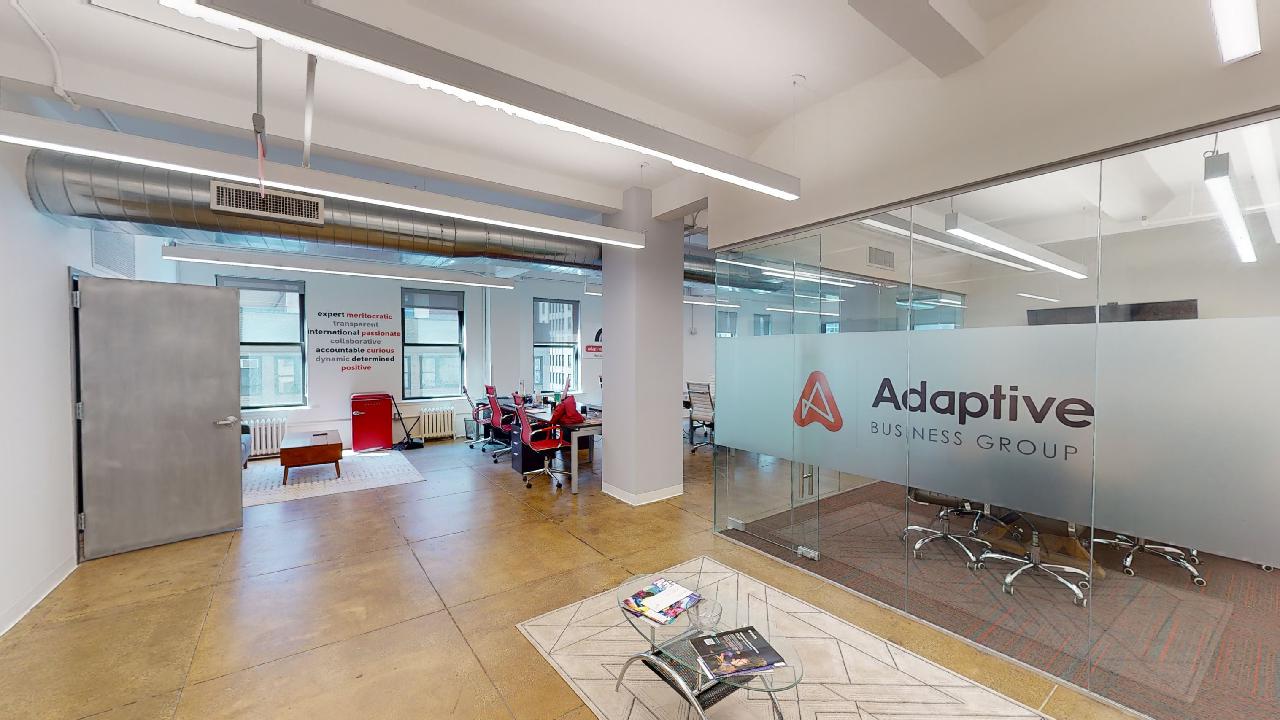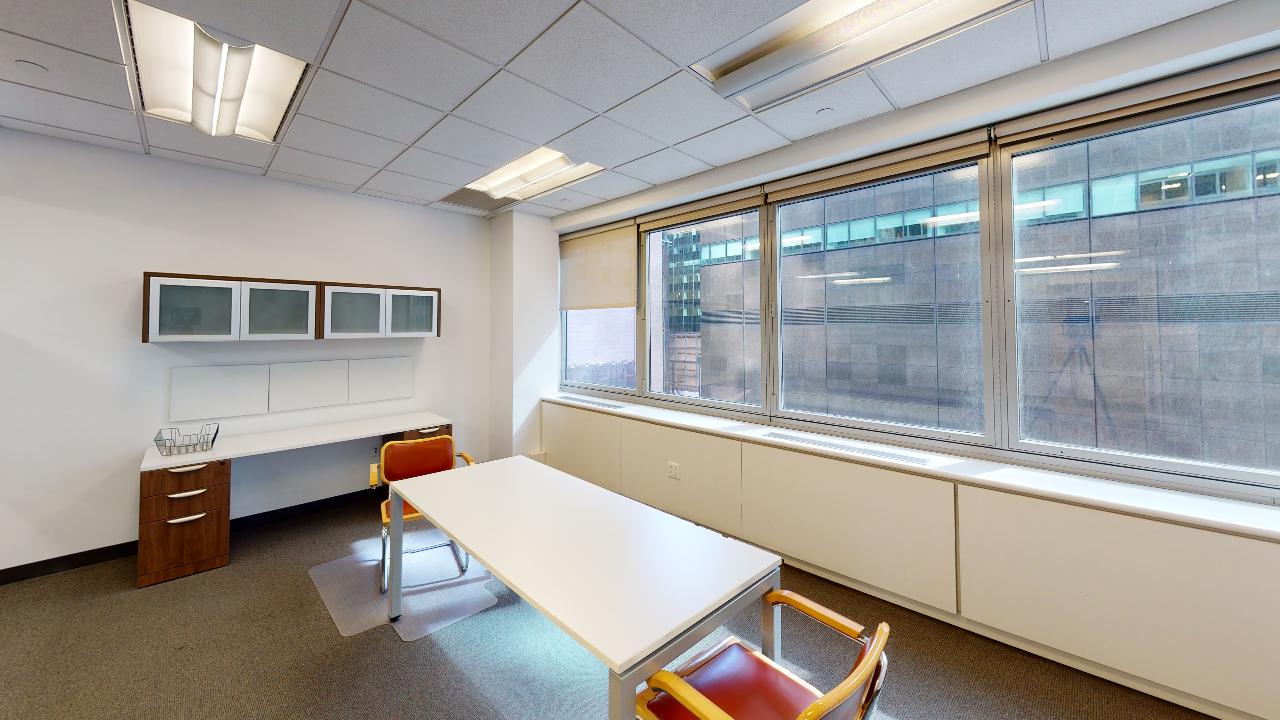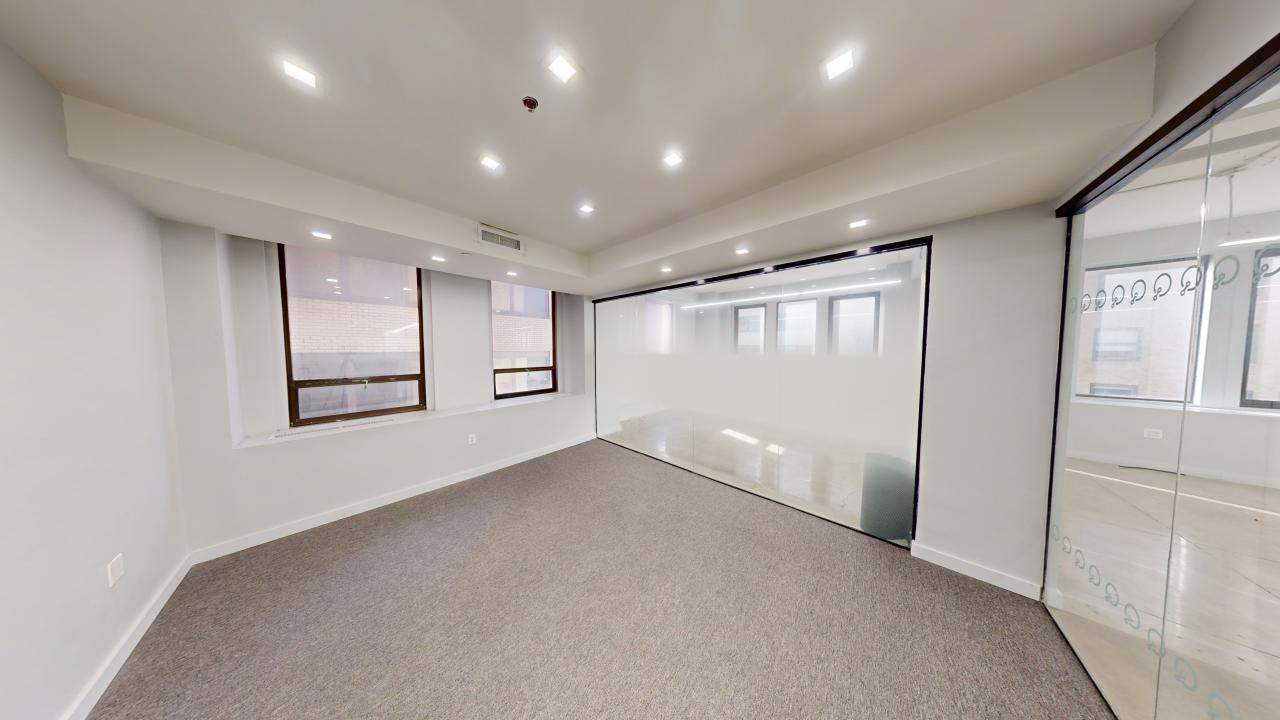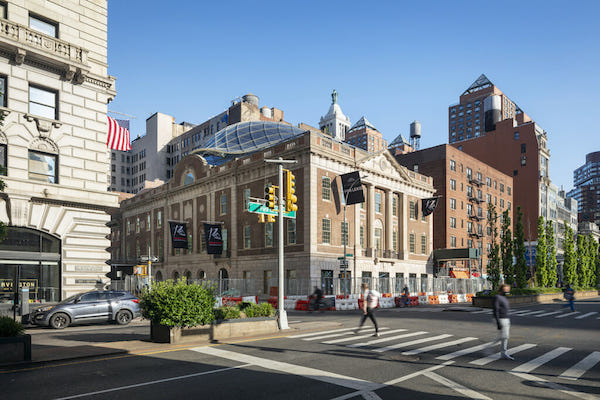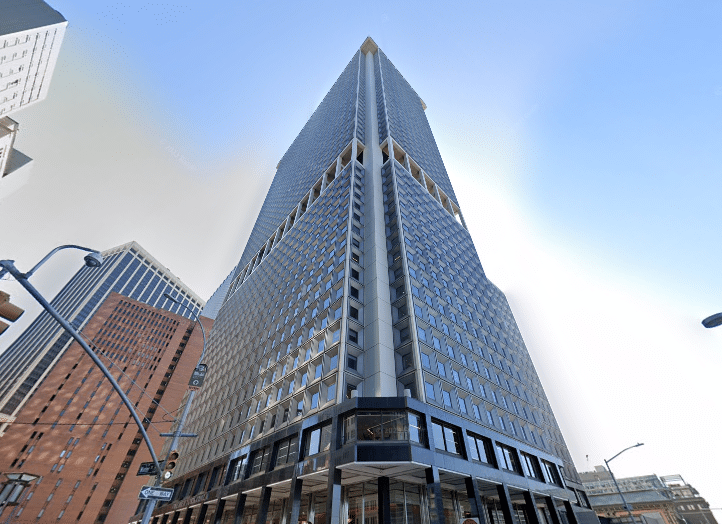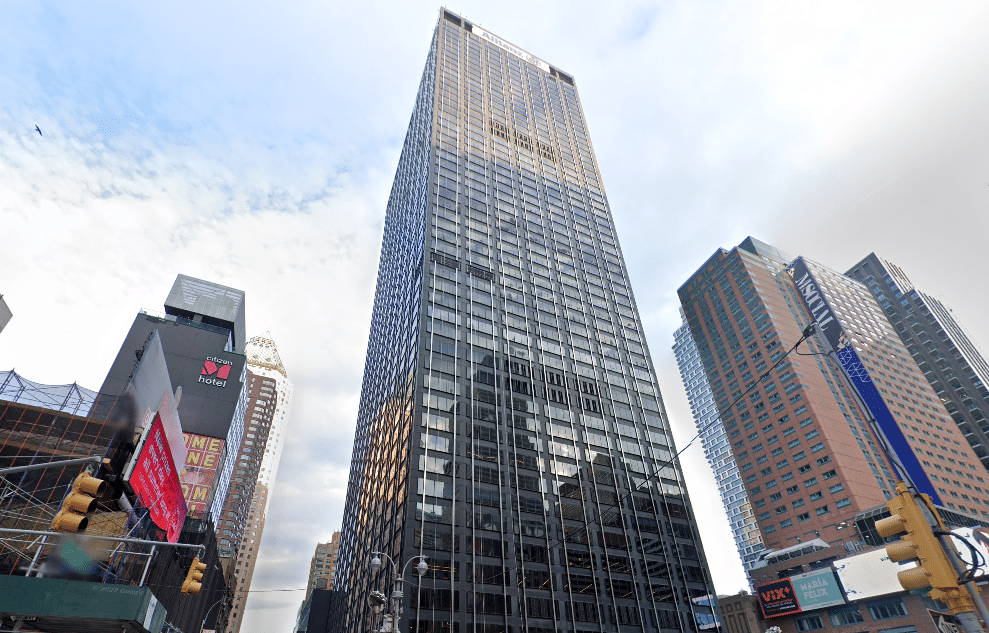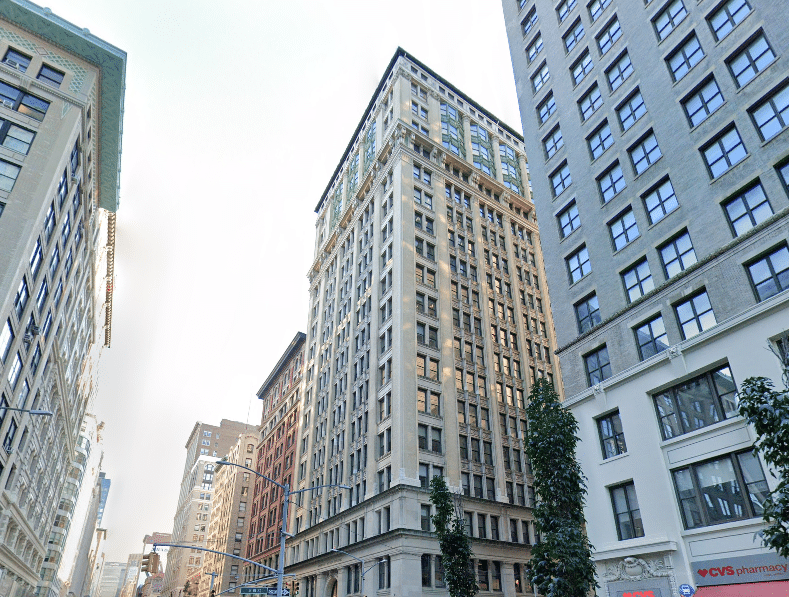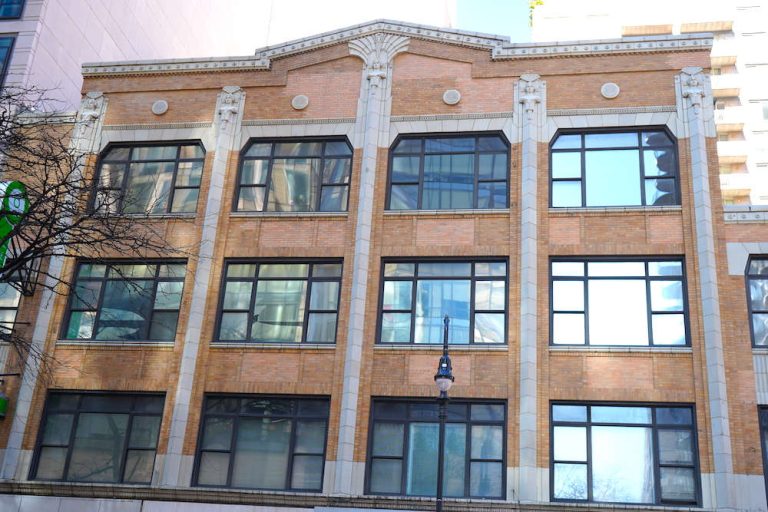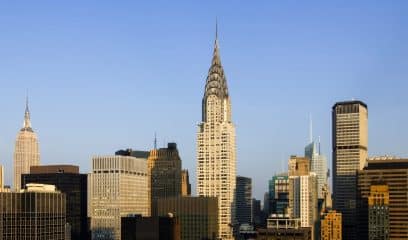The Waldorf Astoria has finally shed its construction cocoon, and Manhattan is holding its collective breath. After a decade of renovation dust and scaffolding, this icon of New York luxury has transformed into something entirely new – part ultra-luxury hotel, part residential playground, and possibly a major component of Midtown East’s redemption.
Walk down Lexington Avenue in the high 40s and 50s today and you’ll see a neighborhood in flux. The usual army of suits and power lunchers? Less than before. But this stretch of Manhattan isn’t taking it lying down. Instead, it’s doing what New York does best – reinventing itself.
Could the Waldorf’s grand re-entrance be exactly what the neighborhood ordered? After all, we’re talking about a building that once hosted Marilyn Monroe and every president since Hoover. Now it’s taking on its biggest challenge yet – proving that Midtown East still has star power. The fate of local businesses, property values, and the very energy of the neighborhood hang in the balance.
The Ultimate Fixer-Upper: Inside the Waldorf’s $2 Billion Revival
The Waldorf Astoria stood as New York’s ultimate status symbol for generations – the place where movie stars rubbed shoulders with monarchs and power brokers sealed deals over dry martinis. Now, after the most expensive and extensive hotel renovation in city history, Midtown East’s belle of the ball emerges from her $1.95 billion makeover, ready to reclaim her crown.
The World’s Longest Renovation (But Who’s Counting?)
The transformation began in 2015 when Anbang Insurance Group dropped $1.95 billion to snag the Waldorf. The original plan seemed straightforward: close in 2017, renovate for 2-3 years, pop champagne, done.
Then reality hit – hard. Construction crews uncovered surprise after surprise behind those Art Deco walls. The Chinese government’s takeover of Anbang in 2018 amid a high-profile corruption scandal threw the first curveball. Then COVID-19 crashed the party in 2020, bringing work to a grinding halt. Supply chain chaos turned simple material orders into scavenger hunts while construction costs shot through the Waldorf’s expensive roof.
Yet the work pressed on, and now, as spring 2025 approaches, the results speak for themselves. Eight years, countless “when will it reopen?” questions, and one global pandemic later, the Waldorf proves good things come to those who wait – and wait, and wait.
Move Over Royalty, The Neighbors Have Arrived
The reimagined Waldorf splits its legacy perfectly down the middle: 375 hotel rooms for visitors seeking a taste of luxury, and 375 private residences for those who never want to leave. The condos start at $1.875 million (pocket change for Park Avenue) and rocket up to $70 million for the penthouses. Residents gain membership to an exclusive club within the club – an 82-foot swimming pool that makes Olympic-sized look quaint, a 30,000-square-foot spa that dedicates more space to relaxation than most Manhattan apartments have total, and private dining rooms for intimate dinner parties or power lunches. The new Waldorf keeps its old-world charm while adding the modern luxuries its well-heeled residents expect.
Think of it as your grandfather’s favorite hotel, just with better WiFi and bigger closets.
When the Lights Went Out on Park Avenue
The Waldorf might be polishing its brass doors. However, the neighborhood waiting outside them barely resembles the powerhouse it left behind in 2017. In the eight years since the Waldorf shut its doors, Midtown East devolved from Manhattan’s money-making machine into its most expensive ghost town – swapping power lunches for empty cubicles and closed storefronts.
Empty Suits and Empty Streets: Midtown East’s Reality
Remote work won’t quit. High-paid work-from-home job postings shot up through Q3 2024, leaving Midtown’s towering office blocks – from 370 Lexington’s 300,000 square feet to the mammoth 1.5-million-square-foot Graybar Building – searching for purpose. The January 2025 congestion pricing program knocked daily traffic down by 43,000 vehicles (that’s 7.5% fewer cars clogging the streets below 60th Street)—good news for air quality, bad news for foot traffic. The math gets grimmer: 28,000 residents can’t sustain an ecosystem built for hundreds of thousands of daily workers. Shuttered storefronts, reduced coffee shop hours, and permanently closed restaurants paint a picture of a neighborhood holding its breath.
The Waldorf-Sized Hole in the Heart of Park Avenue
For eight long years, the Waldorf’s darkened windows loomed over Park Avenue. Construction barriers wrapped around the historic hotel like a fortress and turned this storied stretch of Midtown East into little more than a work zone. Where elegance once reigned, scaffolding and silence took hold.
The loss of 1,400 hotel rooms meant fewer tourists dropping cash at local businesses, while the famous Grand Ballroom’s closure forced New York’s glitziest galas to find new homes. Hotels like The Roosevelt and The Maxwell followed suit, going dark and deepening the neighborhood’s identity crisis. The Waldorf’s 375 planned hotel rooms will help, but they’ll replace barely a quarter of what was lost. Manhattan’s power lunch spot became the world’s fanciest construction site, and the whole neighborhood felt the check.
Park Avenue’s $2 Billion Silver Lining
The neighborhood might look like Manhattan’s finest ghost town now, but $2 billion has a way of changing the narrative. While Midtown East hibernated through lockdowns, layoffs, and “gone remote” emails, the Waldorf plotted its comeback. Those 375 ultra-luxury condos and 375 hotel rooms could flip the script and resurrect a dead zone back into New York’s hottest zip code. Sometimes the best medicine for a struggling neighborhood comes with a bellhop and a $70 million penthouse.
From Ghost Town to Guest List: The Return of the Power Crowd
For years, this stretch of Midtown sat eerily quiet. The closed Waldorf Astoria and Four Seasons left Park Avenue feeling more like a construction site than a luxury corridor. But that’s about to change.
The reopening of these two hotels marks a turning point. The Waldorf will bring back its high-end condo owners and corporate events, while the Four Seasons returns as a magnet for luxury travelers and power lunches. After years of construction barriers and empty sidewalks, the neighborhood is poised for a comeback. International visitors will trade their Airbnbs for proper hotels, and expense accounts will once again flow through local businesses.
When Ultra-Luxury Plays Dominos
The Waldorf’s price tags – starting at $1.875 million and rocketing to $70 million – just rewrote Midtown East’s real estate playbook. Property owners next door already calculate their buildings’ values in “Waldorf dollars,” while developers dust off plans for luxury towers that seemed unrealistic last year. Every penthouse sale adds another zero to nearby property values. The neighborhood’s slump? Meet your $2 billion espresso shot.
The Neighborhood’s Economic Jump Start
The math works like this: 750 units (split between hotel rooms and condos) times wealthy occupants equals happy local businesses. Restaurants replace “For Rent” signs with reservation lists. Luxury retailers return to empty storefronts, bringing jobs and window displays with them. Office buildings might even fill up again – because who wouldn’t want to work next door to Manhattan’s hottest new address? Remote work killed Midtown’s vibe, but the Waldorf’s ultra-wealthy residents and guests just might resurrect it, one black card swipe at a time.
Five Waldorf Astoria Questions Worth $2 Billion
The Waldorf spent eight years and $2 billion on its glow-up, but some burning questions remain. Let’s cut through the luxury marketing speak and face the elephant in the penthouse.
- Waldorf’s Return: Perfect Timing as Remote Work Fades? – Even as remote work’s grip loosens, the Waldorf Astoria’s revival faces headwinds from lingering hybrid schedules and congestion pricing’s threat to Midtown foot traffic.
- Will Billionaires Row’s Empty Towers Doom the Waldorf’s Revival? – As the Waldorf courts a luxe neighborhood scene, it’s surrounded by West 57th Street’s soaring monuments to part-time luxury – pristine penthouses and million-dollar condos that sit dark most nights, their ultra-wealthy owners rarely in residence. The hotel’s renaissance requires more than just property values; it needs people.
- Do Mom-and-Pop Shops Stand a Chance? – Local businesses died waiting for the Waldorf Astoria to reopen – but will their replacements serve billionaires or regular New Yorkers? The neighborhood needs both Michelin stars and corner delis to thrive.
- Which Midtown East Will Win? – Should Manhattan’s oldest business district embrace its new identity as a luxury residential enclave or fight to reclaim its corporate crown? The Waldorf bet $2 billion on a mixed-use future – but will the bet pay off?
Final Thoughts
The Waldorf Astoria’s reopening in 2025 raises a pretty simple question: Does anyone still care about a fancy hotel when they can do meetings in their pajamas from home? Looking at how fast those luxury condos are selling, it seems like the old charm still works its magic. But let’s be real – Midtown East needs more than just pretty lobbies. It needs to give people an actual reason to ditch their comfy home setup and deal with the midtown chaos.
Sure, the Waldorf mixing luxury homes, offices and hangout spots could help shake things up in a neighborhood trying to figure out hybrid work. And yes, having such a famous hotel as your neighborhood centerpiece looks great on paper. But betting everything on one fancy renovation – even if it is the Waldorf – is a gamble. If they can somehow nail the balance between old-school luxury and what people want from city living today, they might just crack the code for bringing Manhattan’s old neighborhoods into the modern world.

